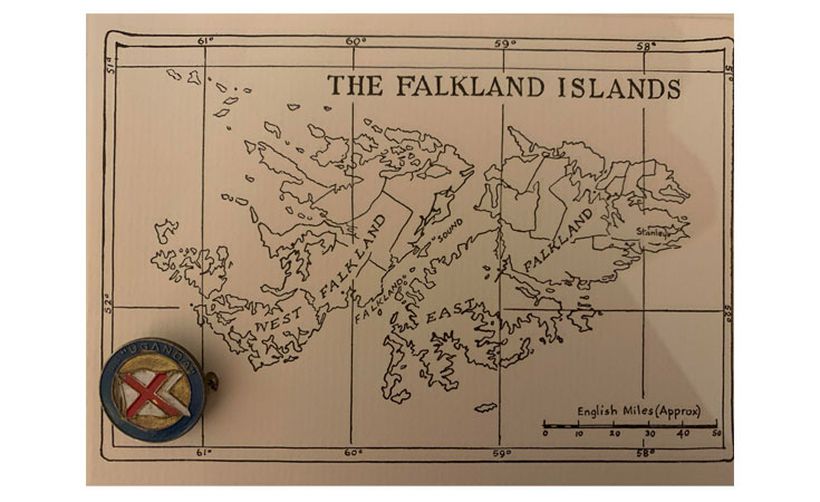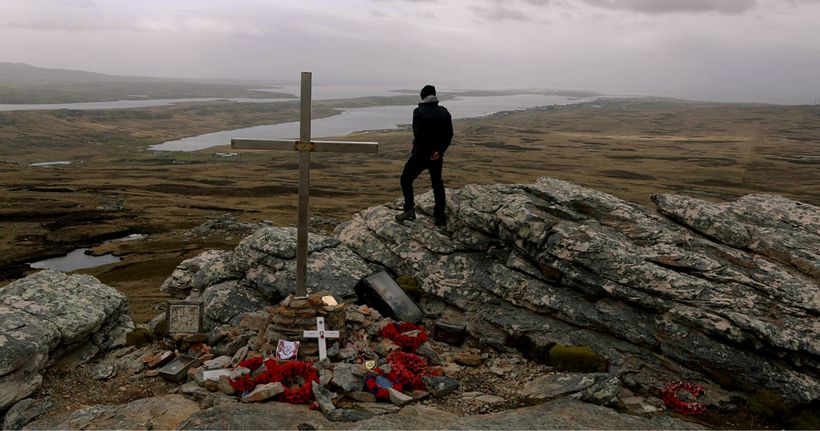Updated on
Research we have carried out shows that there is a big knowledge gap among the Great British public around the details of the Falklands War. Below are 10 key facts that give essential insight to what happened all those years ago, and the long term impact it still has on many of those who fought there.
How did the Falklands War Start?
Argentine forces invaded the British overseas territory of the Falklands Islands on 2 April 1982, following the collapse of long-running negotiations between Great Britain and Argentina over ownership of the Islands.
How Britain reacted
Great Britain, under the premiership of Margaret Thatcher, put together a task force of 127 ships to sail 25,948 British troops to the Falkland Islands. This included warships, rapidly refitted merchant ships and cruise liners including the QE2.
Where are the falklands?
The Falkland Islands are 8,000 miles away in the South Atlantic Ocean.
A young conflict
The average age of the British troops on the task force was 25.
How long did the Falklands War last?
The Falklands War lasted 74 days, ending with the surrender of Argentinian Forces on 14 June.
British casualties
255 British Armed Forces personnel were killed during the conflict and 777 were injured.
Argentine casualties
649 Argentine military personnel were lost during the conflict.
Lost ships
Britain lost five ships during the Falklands War, with HMS Sheffield being the first British warship to be lost in 37 years. Argentina lost its only cruiser, the General Belgrano.
Medical treatment
Support for mental and physical wounds was much more basic and harder to access for those who returned from the Falklands War, compared to what is available today through the support of charities like ourselves.
However, medical learnings from the war drove advancements in military medicine for subsequent conflicts. For instance, it introduced the Red and Green Life Machine, which was a mobile A&E brought on shore so that treatment could be given directly to casualties where they were, rather than having to transport them miles which was standard practice before.
The Falklands Legacy
Help for Heroes supports Falklands veterans with long-term health issues as diverse as trench foot and PTSD. We believe that there are many Falklands veterans out there who are likely to need support for physical or mental injuries sustained during the conflict.
Get help
We would urge any veteran, whenever or wherever they served, to visit our Get help pages to get in touch and find out more about the different ways we can support them and their family. It is never too late to take the first step in asking for help.
If you want to find out more about the Falklands War in detail, Forces.net have created an excellent day-by-day timeline.






